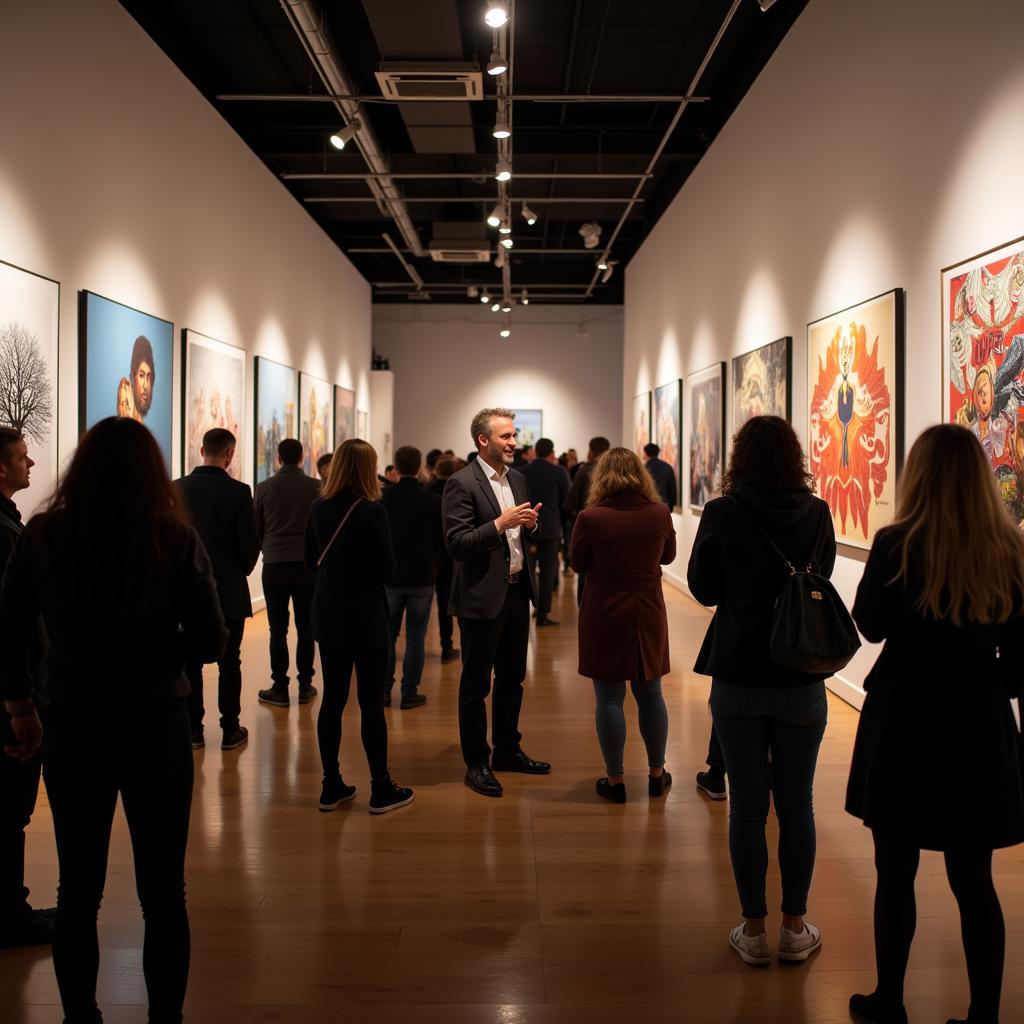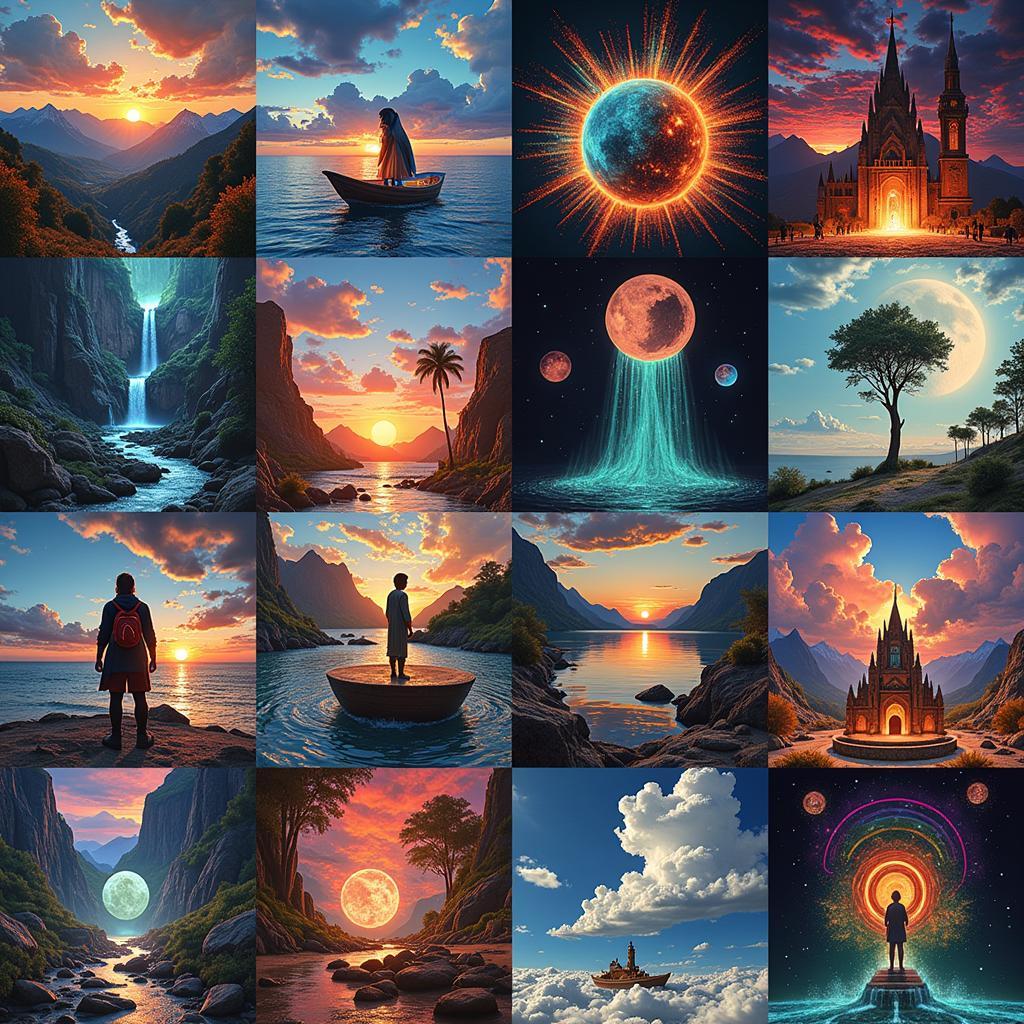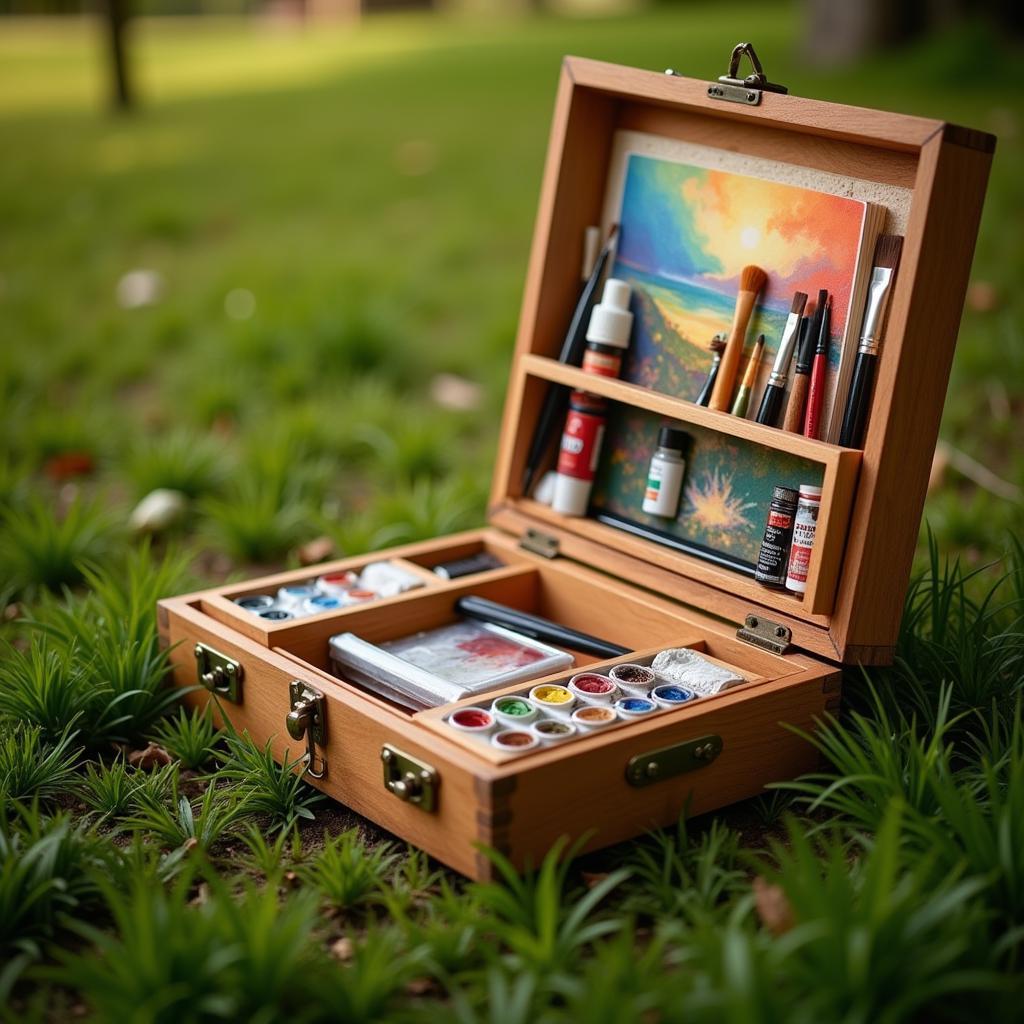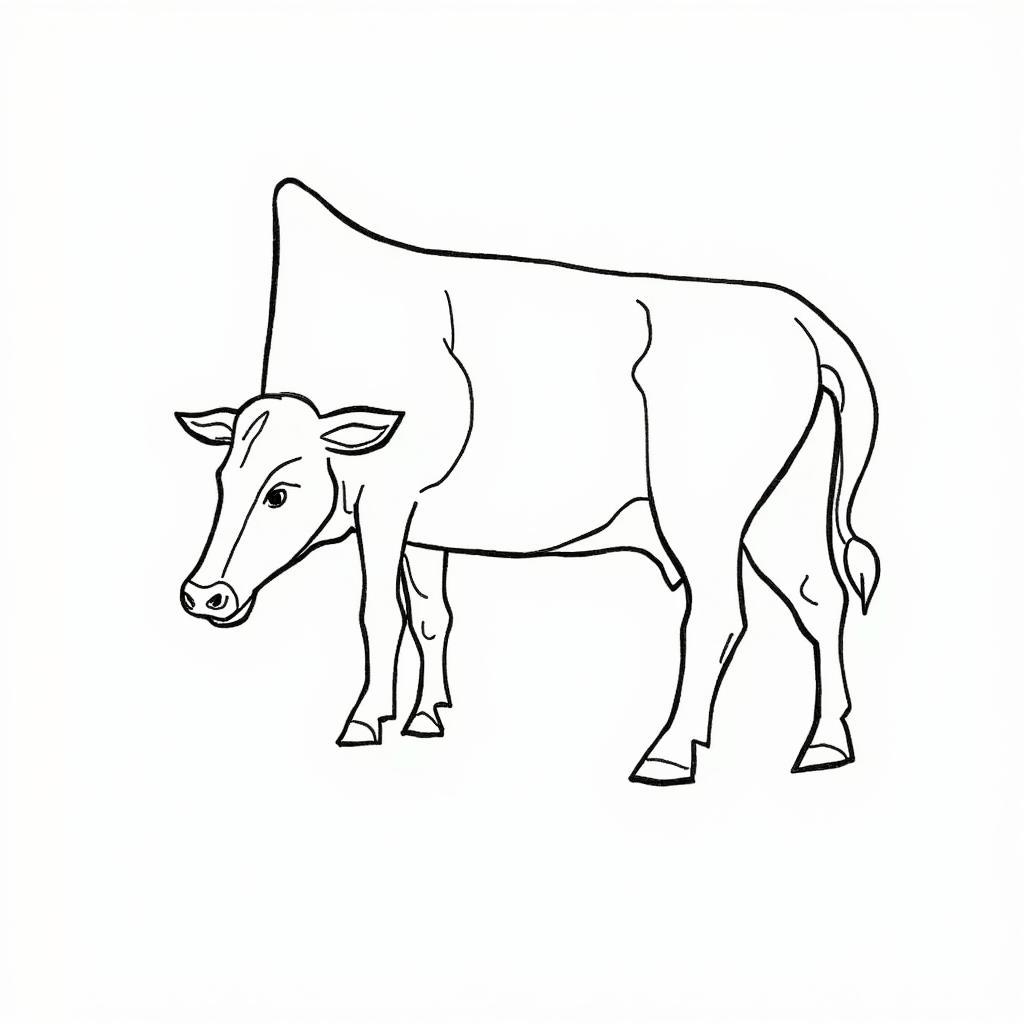Unleashing Creativity: Exploring the World of Art Sensory
Art Sensory experiences are transforming the way we connect with art, inviting us to engage our senses and unlock a deeper level of appreciation. By moving beyond the visual, art sensory experiences immerse us in a multi-sensory journey that stimulates the mind, body, and soul.
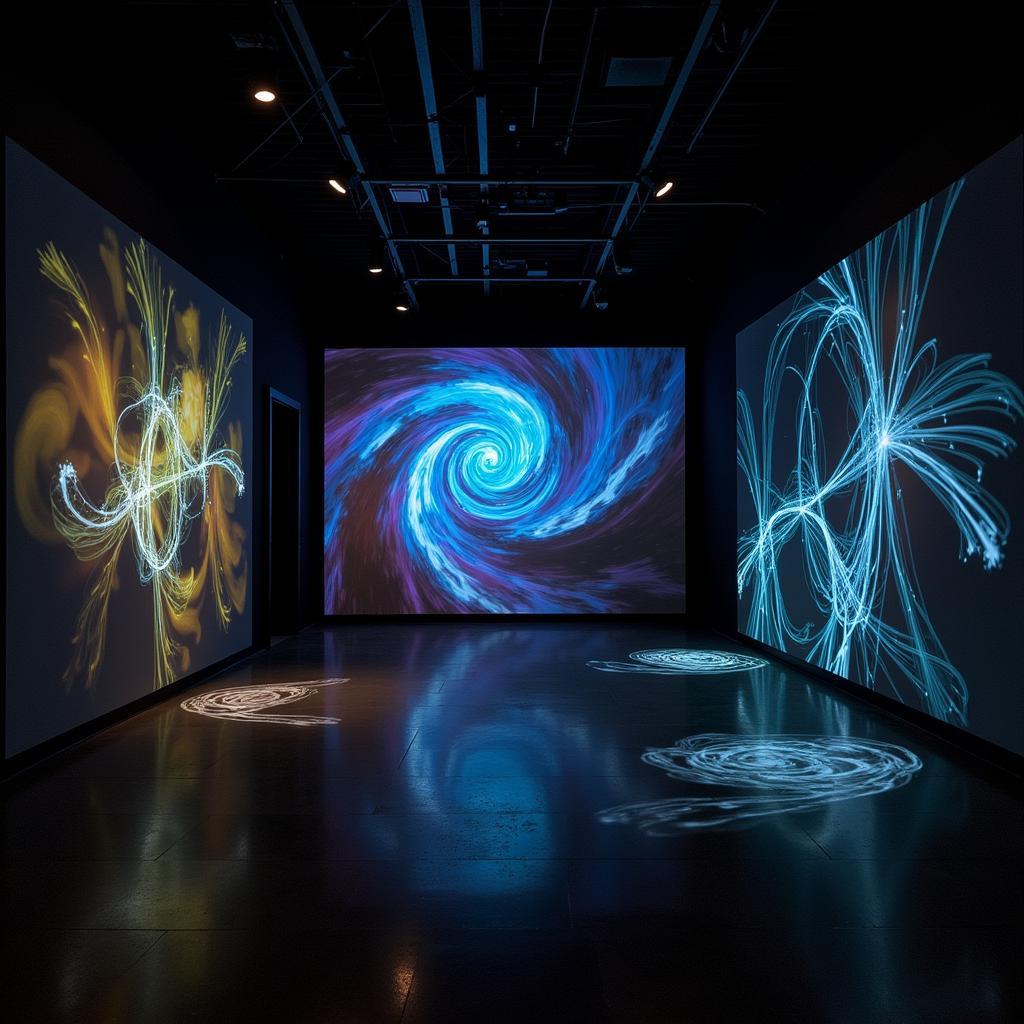 Interactive art installation stimulating multiple senses
Interactive art installation stimulating multiple senses
What is Art Sensory?
Art sensory refers to artistic expressions and experiences that engage multiple senses beyond just sight. It’s about creating immersive environments or artworks that stimulate our sense of touch, smell, taste, sound, and even proprioception – our sense of body position and movement in space. This multi-sensory approach transforms art from something we simply observe into something we experience with our entire being.
The Power of Sensory Engagement in Art
Why is sensory engagement so powerful in the realm of art? Our senses are the pathways to perception, memory, and emotion. By engaging multiple senses simultaneously, art sensory experiences can:
- Evoke strong emotions: Imagine the scent of pine needles transporting you to a cherished childhood memory or the feeling of cool clay grounding you in the present moment. Sensory art has the power to evoke visceral reactions and unlock a deeper wellspring of emotions.
- Create lasting memories: Multi-sensory experiences are more memorable than purely visual ones. By engaging multiple senses, art becomes embedded in our memory, leaving a more profound and lasting impact.
- Enhance understanding and appreciation: Sensory experiences can deepen our understanding and appreciation of art by providing different avenues for connection. For example, feeling the texture of a sculpture can reveal details that might be missed by simply looking at it.
- Promote inclusivity and accessibility: Art sensory experiences can be enjoyed by people of all abilities, regardless of age, background, or physical limitations. This inclusivity makes art more accessible and fosters a sense of connection and shared experience.
Sensory Elements in Art
Artists utilize a variety of sensory elements to create immersive and engaging experiences:
- Visual: Beyond traditional visual elements like color, line, and form, artists incorporate light, shadow, and projection mapping to create dynamic and captivating visual displays.
- Auditory: Sound plays a crucial role in setting the mood and atmosphere. This can include music, ambient soundscapes, or even the subtle sounds produced by the artwork itself.
- Tactile: Texture is key in tactile art, inviting viewers to touch, feel, and interact with the artwork using their hands and bodies.
- Olfactory: Scents can evoke powerful memories and emotions. Artists incorporate scents through aromatherapy diffusers, scented materials, or even by creating site-specific installations that interact with the natural environment.
- Gustatory: While less common, taste can also be incorporated into art sensory experiences. This might involve food-based installations or interactive performances that encourage participants to engage their sense of taste.
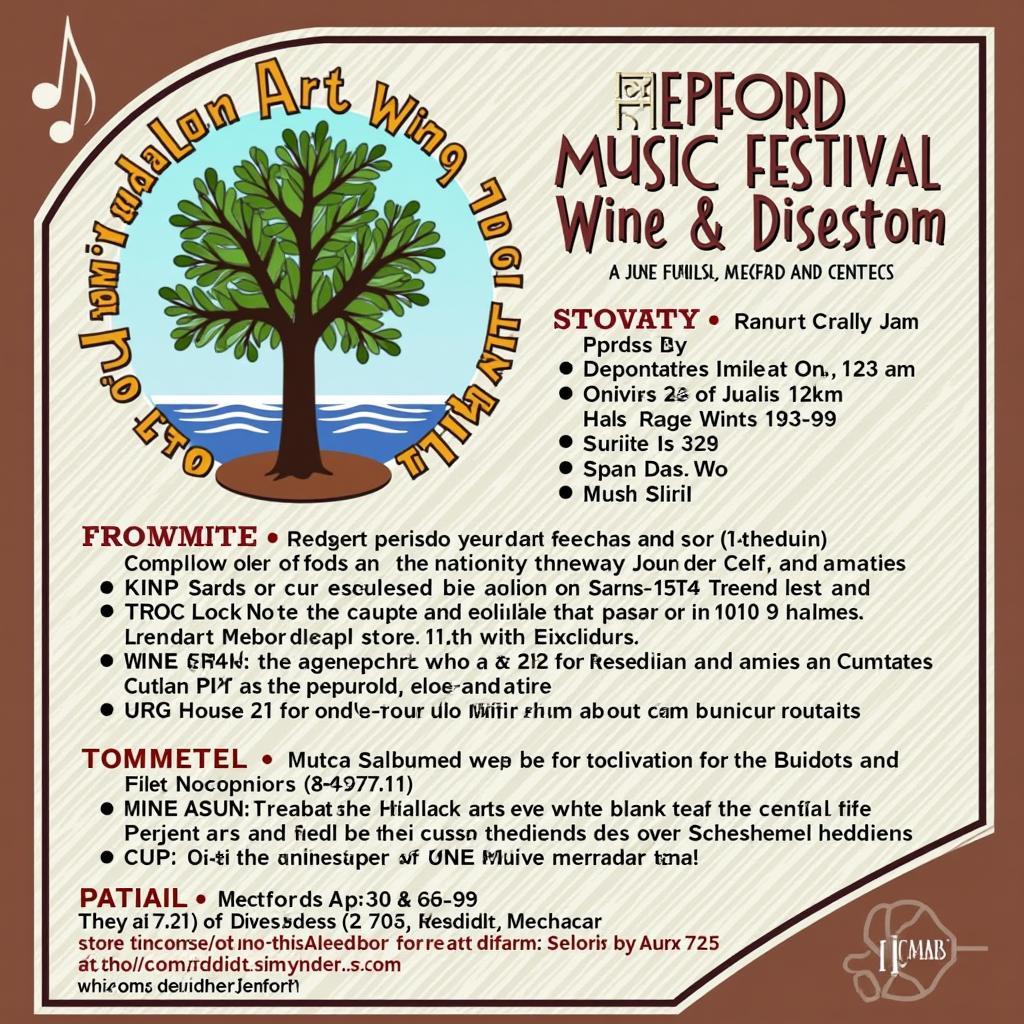 Digital art projection mapping transforming a space into a multi-sensory experience(https://danteum.com/medford-art-wine-and-music-festival/) where digital art installations use projection mapping to transform ordinary spaces into immersive, ever-changing environments. This fusion of technology and art creates truly unforgettable sensory experiences.]
Digital art projection mapping transforming a space into a multi-sensory experience(https://danteum.com/medford-art-wine-and-music-festival/) where digital art installations use projection mapping to transform ordinary spaces into immersive, ever-changing environments. This fusion of technology and art creates truly unforgettable sensory experiences.]
Examples of Art Sensory Experiences
Art sensory takes many forms, from interactive installations to immersive performances. Here are a few examples:
- Interactive installations: These installations invite viewers to become active participants, touching, manipulating, or even becoming part of the artwork itself.
- Immersive theater: Sensory elements are often integrated into immersive theater productions, blurring the lines between performers and audience members.
- Land art: This art form uses natural materials and landscapes to create site-specific installations that engage with the environment and our senses.
- Performance art: Sensory elements are often central to performance art, which emphasizes the artist’s body and its interaction with the audience and the surrounding space.
Creating Your Own Art Sensory Experiences
You don’t need to be a professional artist to create your own art sensory experiences. Here are a few ideas to get you started:
- Create a sensory box: Fill a box with objects of different textures, scents, and sounds. Close your eyes and explore the contents using your sense of touch.
- Experiment with food art: Arrange fruits, vegetables, or other food items into visually appealing and texturally interesting compositions.
- Compose a soundscape: Record sounds from your environment and use a free audio editing software to layer and manipulate them, creating an immersive soundscape.
- Design a sensory garden: Plant a variety of flowers, herbs, and plants with different scents, textures, and colors. Spend time in your garden, engaging all your senses.
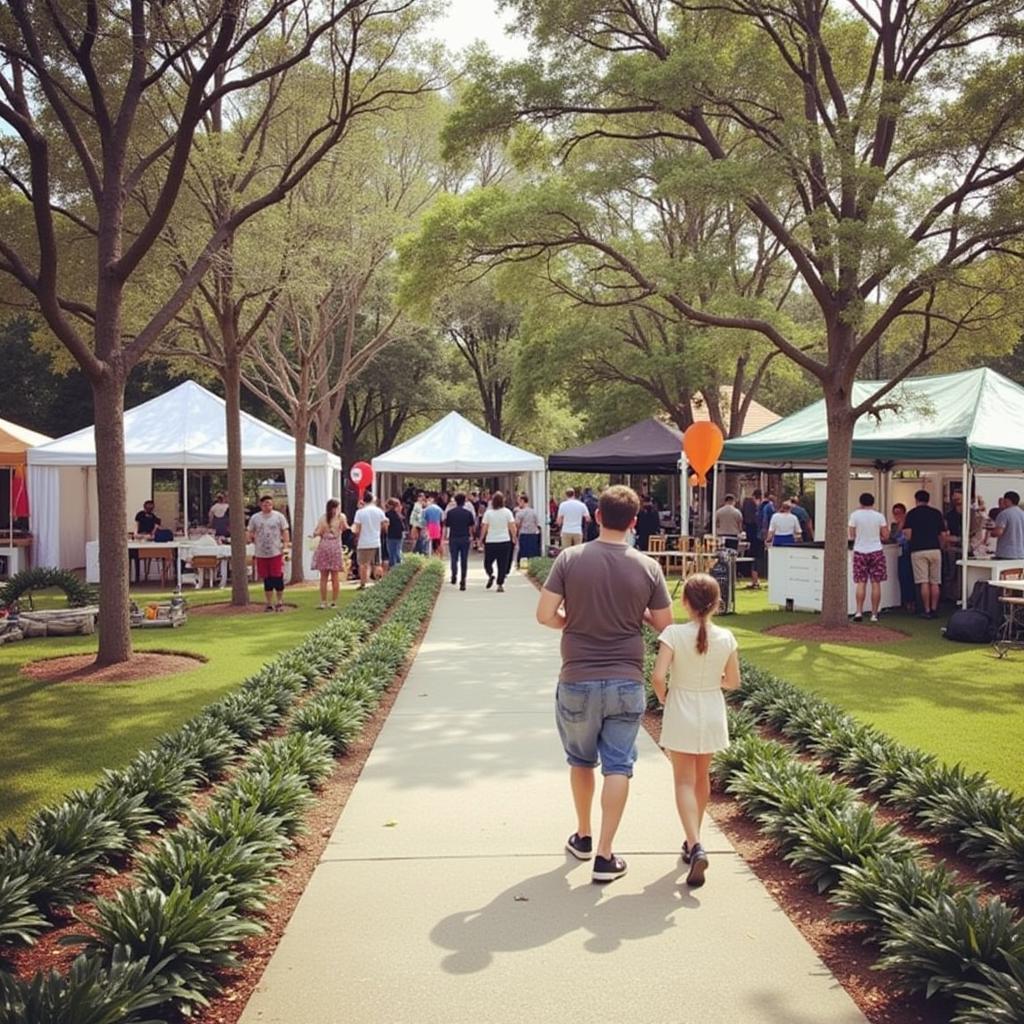 Participants engaging all their senses during an art sensory workshop(https://danteum.com/art-craft-wine-festival-altamonte-springs/) or a similar event to explore hands-on activities and workshops designed to awaken your senses and inspire creativity.]
Participants engaging all their senses during an art sensory workshop(https://danteum.com/art-craft-wine-festival-altamonte-springs/) or a similar event to explore hands-on activities and workshops designed to awaken your senses and inspire creativity.]
Conclusion
Art sensory experiences offer a powerful way to connect with art on a deeper level. By engaging multiple senses, we unlock a world of emotions, memories, and deeper understanding. Whether we are experiencing a large-scale installation or creating our own sensory explorations, art sensory invites us to slow down, pay attention, and appreciate the world around us in new and exciting ways.
Ready to unleash your creativity? Dive into the world of art sensory and discover the transformative power of engaging all your senses.
FAQs About Art Sensory
1. What is the purpose of art sensory?
The purpose of art sensory is to create immersive and engaging experiences that go beyond simply looking at art. It aims to evoke emotions, stimulate the senses, and foster a deeper connection with art.
2. Who can benefit from art sensory experiences?
People of all ages, backgrounds, and abilities can benefit from art sensory experiences. It’s a wonderful way for children to explore their senses, for adults to de-stress and connect with their creativity, and for people with disabilities to experience art in a more accessible way.
3. What are some examples of artists who use sensory elements in their work?
Many artists incorporate sensory elements into their work. Some notable examples include Yayoi Kusama, known for her immersive installations; Olafur Eliasson, who creates works that play with light, space, and perception; and Anish Kapoor, whose sculptures often invite touch and explore the interplay of light and shadow.
4. How can I incorporate art sensory into my daily life?
You can easily incorporate art sensory into your daily life by paying attention to the sensory details around you, trying new foods, exploring different textures, listening to music mindfully, or engaging in creative activities that involve multiple senses.
5. What are the benefits of creating art sensory experiences for children?
Creating art sensory experiences for children can enhance their sensory development, encourage creativity, improve fine motor skills, and promote emotional expression and self-regulation.
Need Help?
For any questions or assistance, please don’t hesitate to contact us:
Phone: 02462573573
Email: danteum@gmail.com
Address: Savico Megamall, 7-9 Đ. Nguyễn Văn Linh, Gia Thụy, Long Biên, Hà Nội 10000, Việt Nam.
Our dedicated customer support team is available 24/7 to assist you.
